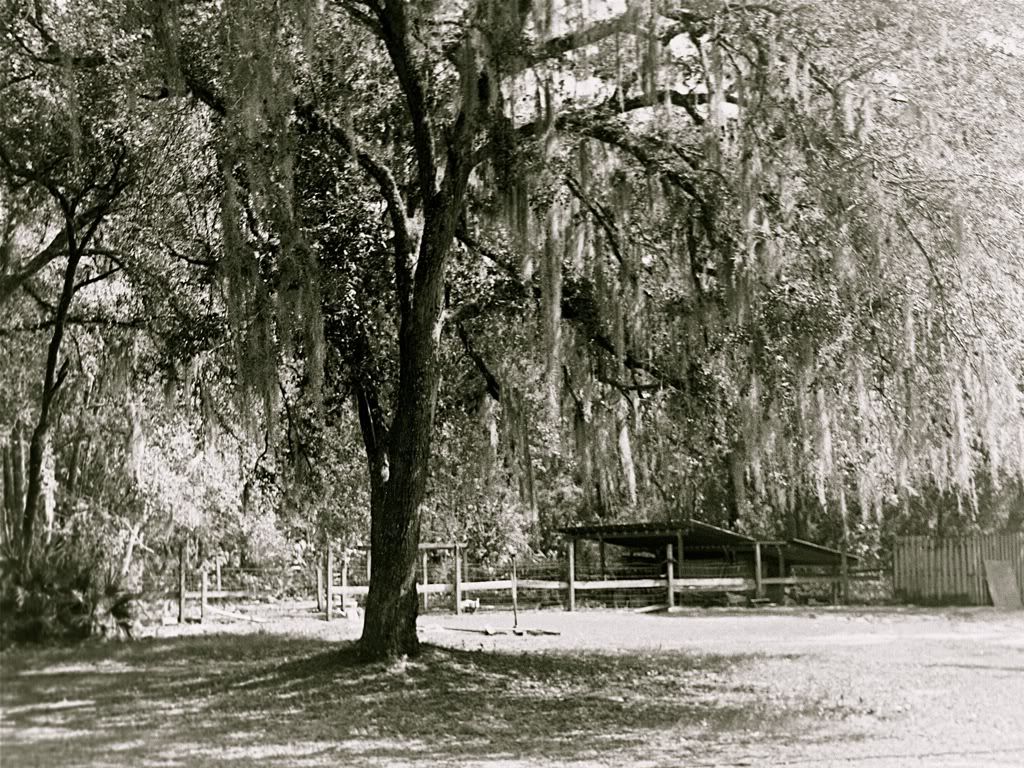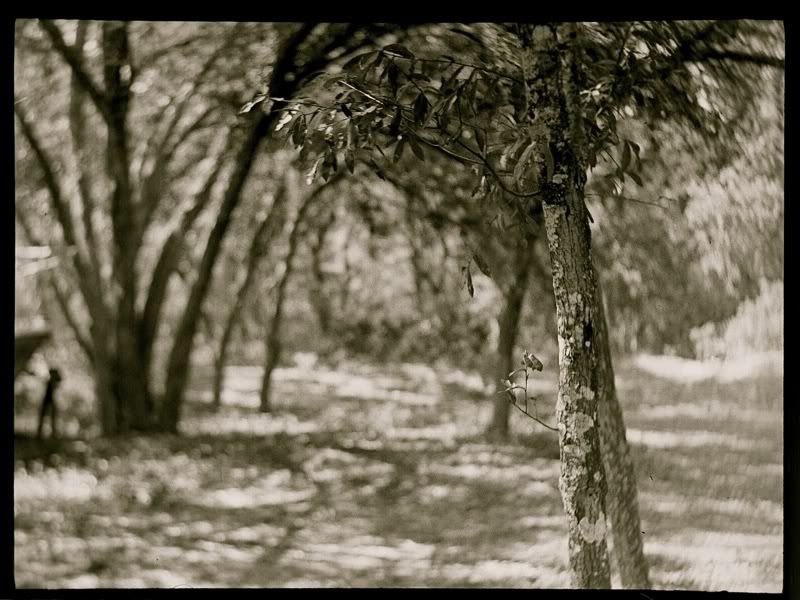Thanks for the responses everyone.
The film is Tmax 400 and it was developed in fairly old D-76. I intentionally over developed because the D-76 was so old. Also, I very nearly ruined the film when emptying the developer from the Patterson tank; the cone shaped top fell out allowing a room full of light to pour in.
Surprisingly it only screwed up the last three shots I took which weren't very promising anyway.
Quite honestly, I'm amazed I got the above shot at all. The Zenobia is a real piece of work in and of itself. It has the wrong shutter and lens on it(an old 3 leaf Compur with a Voigtlander Voigtar) and the shutter button only works intermittently. I guess I could say It's my Holga.
It's a work in progress. 😛
Also, I don't have a scanner. My MF film images are copied via my DSLR, which up till now have never caused a grid pattern. So far none of the other shots have this grid like grain.
I'm sure I'm losing some image quality by photographing these 120 negs like I am but for the amount of keepers I actually shoot... a scanner seems kind of overkill. 😱





